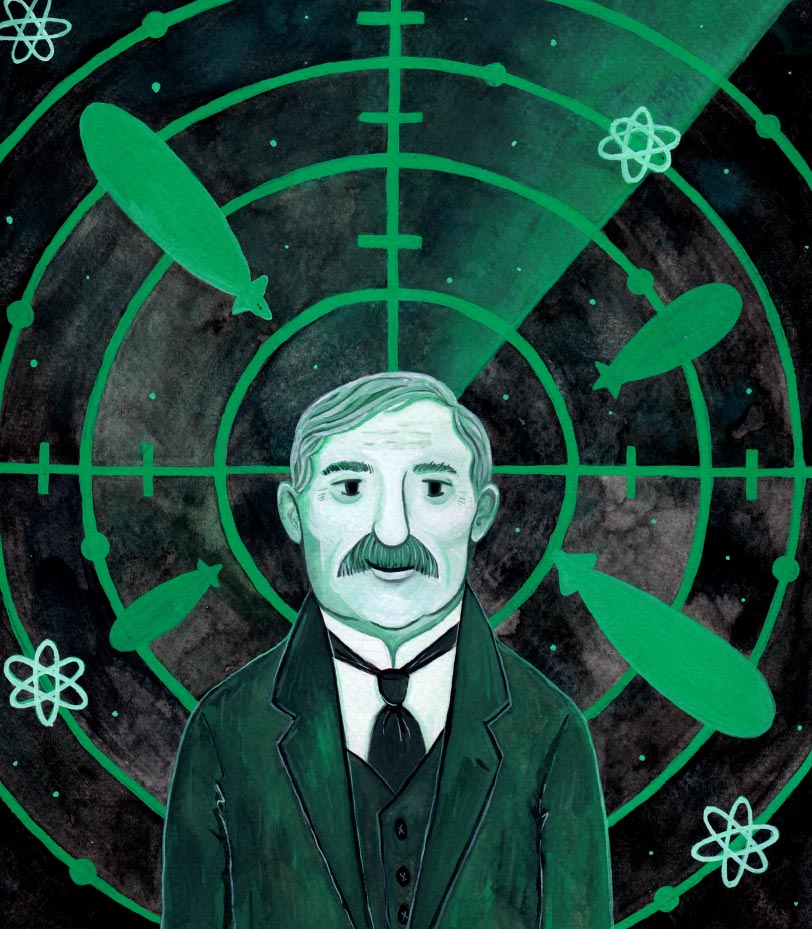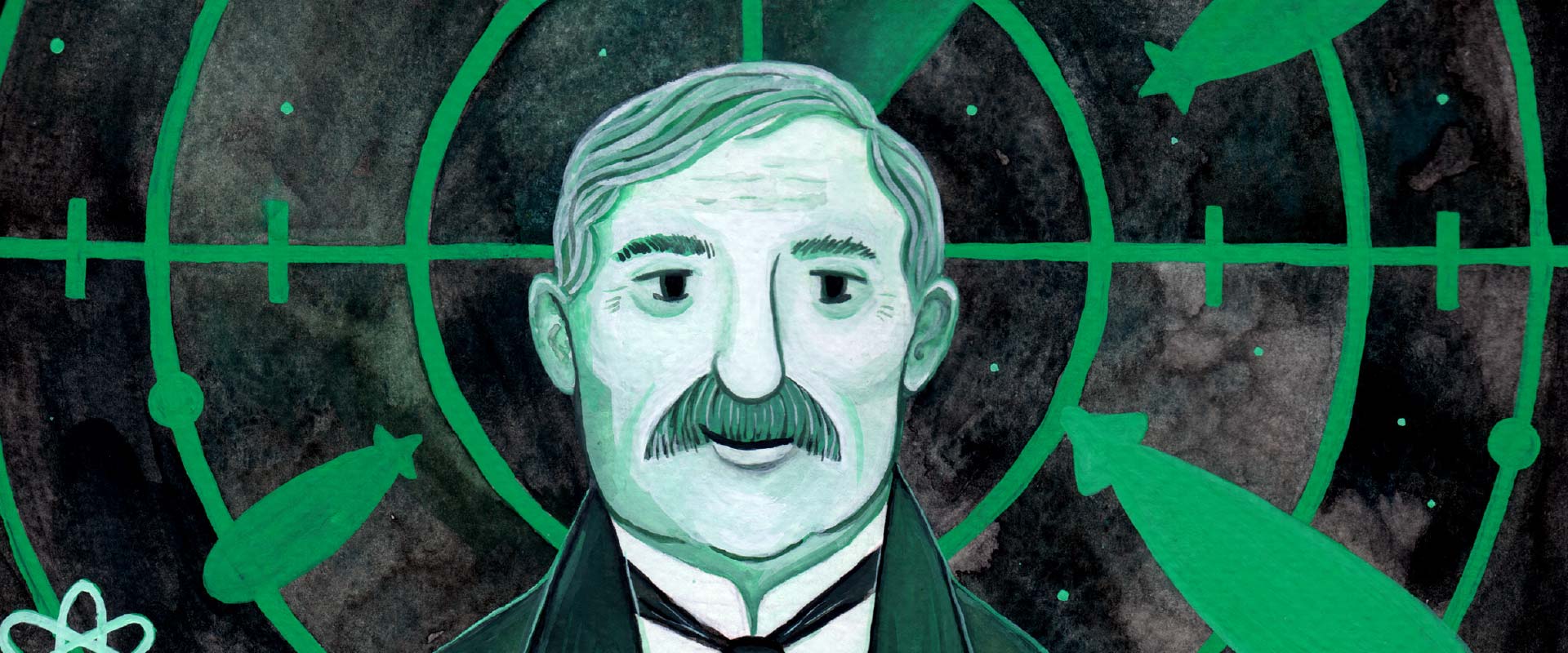Ernest Rutherford split the atom here on campus 100 years ago this year.
His well-documented discovery marked the birth of nuclear physics, kickstarted the 20th century and changed the world. Not bad for a farmer's son from rural New Zealand.
But less well known is that Rutherford also invented the sonar system – which contributed to saving the lives of thousands of submarine servicemen in the two World Wars that followed.
He considered the ways in which a submarine could be discovered underwater according to the laws of physics and found acoustic detection to be the best. To prove his clandestine work, he turned the basement of his Manchester laboratory into a huge concrete water tank.
Dr Christine Twigg from The University of Manchester, who has researched this lesser known part of Rutherford's brilliant career, said: "His momentous report was the foundation of subsequent anti-submarine warfare and would safeguard thousands of Allied lives in both World Wars."
Rutherford died in 1937 and after cremation at Golders Green Crematorium was given the high honour of burial in Westminster Abbey, near Isaac Newton and other illustrious British scientists.


